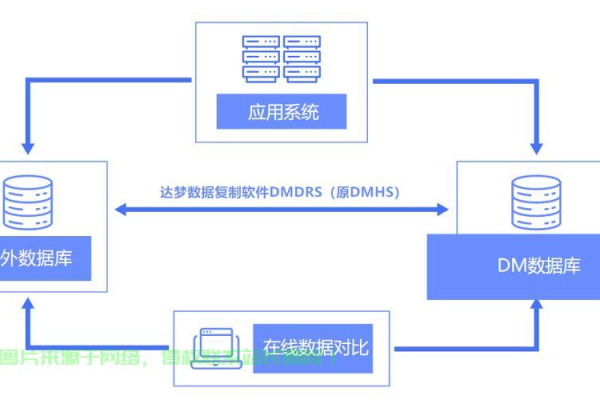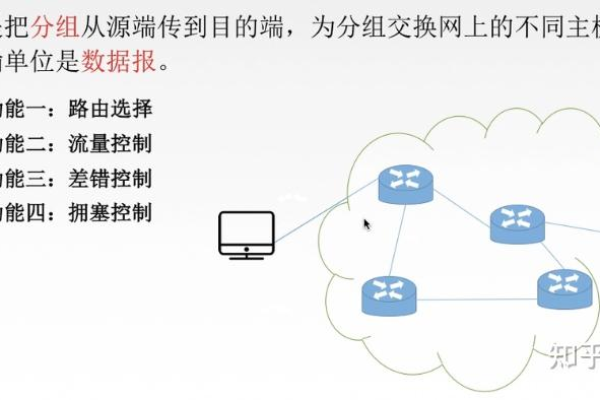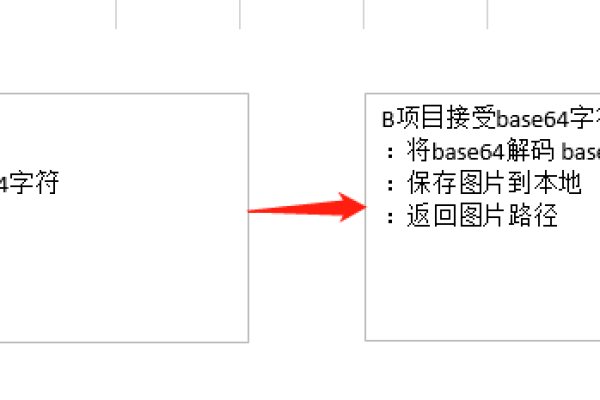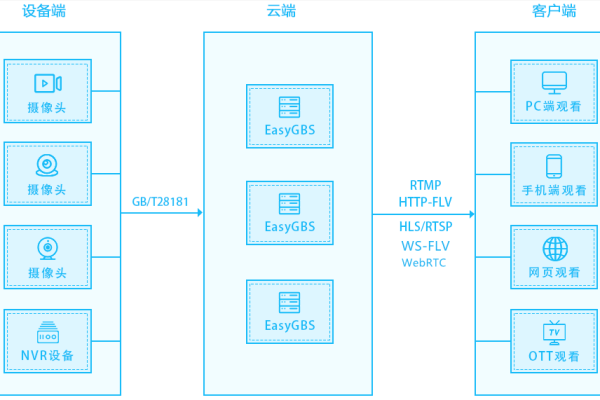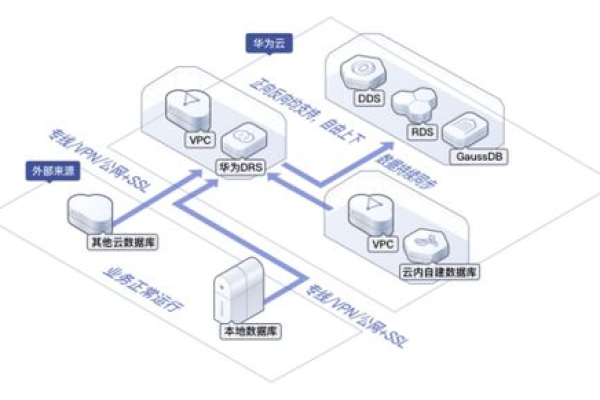如何在C中使用GET请求访问网站?
- 行业动态
- 2025-01-22
- 2
HttpClient类来发送GET请求访问网站。以下是一个简单的示例代码:,,“
csharp,using System;,using System.Net.Http;,using System.Threading.Tasks;,,class Program,{, static async Task Main(string[] args), {, using (HttpClient client = new HttpClient()), {, string url = "http://example.com";, HttpResponseMessage response = await client.GetAsync(url);, response.EnsureSuccessStatusCode();, string responseBody = await response.Content.ReadAsStringAsync();, Console.WriteLine(responseBody);, }, },},`
,,这段代码创建了一个HttpClient`实例,并使用它发送一个GET请求到指定的URL,然后读取并输出响应内容。
在C#中,使用GET请求访问网站通常可以通过HttpClient类来实现,以下是详细的步骤和示例代码:
一、引入必要的命名空间
需要在代码中引入以下必要的命名空间:
using System; using System.Net.Http; using System.Threading.Tasks;
这些命名空间提供了进行HTTP请求所需的类和方法。
二、创建HttpClient实例
创建一个HttpClient类的实例,该实例将用于发送HTTP请求和接收响应。
HttpClient client = new HttpClient();
三、构建URL并发送GET请求
构建你想要访问的网站的URL,然后使用HttpClient实例的GetStringAsync方法(或同步的GetString方法)来发送GET请求并获取响应内容。
异步方式
string url = "https://www.example.com"; // 替换为实际的网站URL HttpResponseMessage response = await client.GetStringAsync(url);
同步方式
string url = "https://www.example.com"; // 替换为实际的网站URL string response = client.GetString(url);
四、处理响应
根据需要处理响应的内容,可以将响应内容转换为字符串、解析为JSON对象等。

转换为字符串
如果使用异步方式获取响应,需要先等待任务完成并获取结果:
string result = await response.Content.ReadAsStringAsync(); Console.WriteLine(result);
如果使用同步方式获取响应,则可以直接使用响应内容:
Console.WriteLine(response);
解析为JSON对象
如果响应内容是JSON格式的,可以使用System.Text.Json命名空间中的JsonSerializer类来解析。
引入必要的命名空间:

using System.Text.Json;
定义一个与JSON数据结构相匹配的类,
public class ExampleData
{
public string Name { get; set; }
public int Age { get; set; }
}
使用JsonSerializer类解析响应内容:
ExampleData data = JsonSerializer.Deserialize<ExampleData>(await response.Content.ReadAsStringAsync());
Console.WriteLine($"Name: {data.Name}, Age: {data.Age}");
五、释放资源
在使用完HttpClient实例后,建议调用其Dispose方法来释放相关资源,这可以通过使用using语句来实现:
using (HttpClient client = new HttpClient())
{
string url = "https://www.example.com"; // 替换为实际的网站URL
string response = await client.GetStringAsync(url);
// 处理响应...
}
或者手动调用Dispose方法:
HttpClient client = new HttpClient();
try
{
string url = "https://www.example.com"; // 替换为实际的网站URL
string response = await client.GetStringAsync(url);
// 处理响应...
}
finally
{
client.Dispose();
}
六、完整示例代码
以下是一个完整的示例代码,展示了如何使用C#中的HttpClient类发送GET请求并处理响应:
using System;
using System.Net.Http;
using System.Text.Json;
using System.Threading.Tasks;
class Program
{
static async Task Main(string[] args)
{
using (HttpClient client = new HttpClient())
{
string url = "https://jsonplaceholder.typicode.com/posts/1"; // 示例URL,返回JSON数据
HttpResponseMessage response = await client.GetAsync(url);
response.EnsureSuccessStatusCode(); // 检查响应状态码是否表示成功
string jsonString = await response.Content.ReadAsStringAsync();
var data = JsonSerializer.Deserialize<ExampleData>(jsonString);
Console.WriteLine($"ID: {data.Id}, Title: {data.Title}, Body: {data.Body}");
}
}
}
public class ExampleData
{
public int Id { get; set; }
public string Title { get; set; }
public string Body { get; set; }
}
在这个示例中,我们访问了一个返回JSON数据的API,并将响应内容解析为ExampleData类的实例,然后输出了其中的一些字段值。

七、注意事项
1、异常处理:在进行网络请求时,可能会遇到各种异常情况,如网络连接失败、服务器无响应等,建议在代码中添加适当的异常处理逻辑,以提高程序的健壮性,可以使用try-catch块来捕获和处理异常。
2、超时设置:如果网络请求需要较长时间才能完成,可以考虑设置HttpClient的超时时间,以避免程序长时间等待,可以通过设置HttpClient的Timeout属性来实现。client.Timeout = TimeSpan.FromSeconds(10);这将设置请求的超时时间为10秒,如果超过这个时间,请求将会自动取消并抛出TimeoutException异常。
3、代理设置:如果需要通过代理服务器进行网络请求,可以在创建HttpClient实例时设置代理服务器的地址和端口号。HttpClientHandler handler = new HttpClientHandler();handler.Proxy = new WebProxy("http://yourproxyserver:port");HttpClient client = new HttpClient(handler);这样,所有的网络请求都将通过指定的代理服务器进行转发。
4、安全性考虑:在进行网络请求时,要确保目标网站的安全性和可信度,避免访问不可信的网站导致安全风险,对于涉及敏感信息的请求,要采取加密传输等安全措施保护数据的安全,使用HTTPS协议进行通信可以确保数据传输的加密和完整性,还可以对请求进行身份验证等操作,以确保只有合法的用户能够访问相关资源。

